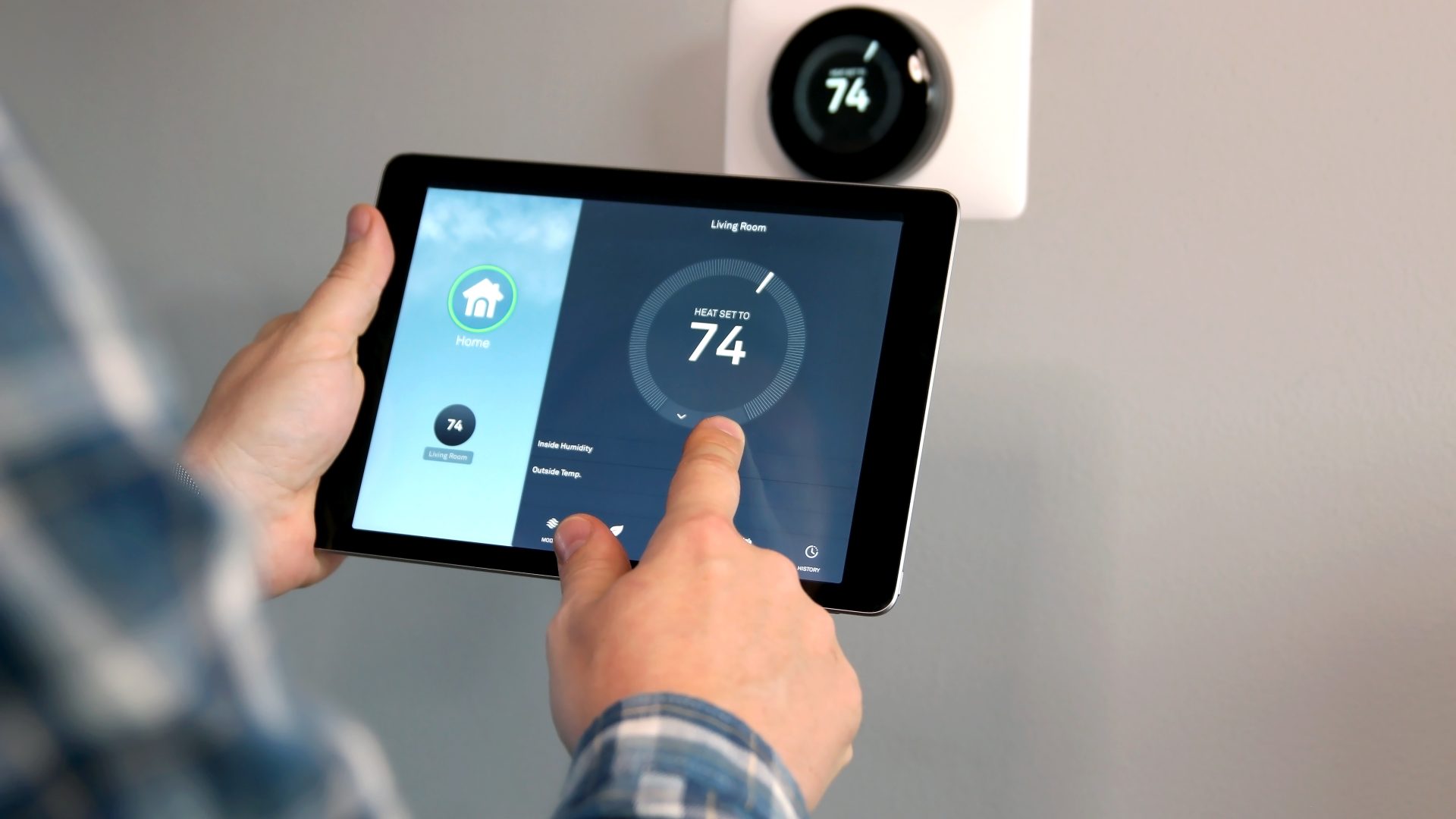Understanding the Key Components of Your HVAC System
Modern homes rely on HVAC systems to maintain a comfortable indoor climate year-round. Knowing the main components of your residential HVAC system can help you keep it running smoothly and address any issues that arise. Here’s a breakdown of these essential elements and their functions.
The Heating Core: Furnace or Air Handler
At the heart of your HVAC system is the furnace or air handler, responsible for generating warmth during colder months. Furnaces can be powered by natural gas, electricity, or oil, depending on your setup. An air handler, often paired with a heat pump, serves both heating and cooling functions by circulating air through the system.
The Cooling Element: Air Conditioner
Balancing the heating component is the air conditioner, which keeps your home cool in hot weather. It works by removing warm air from inside your home, passing it over refrigerant-filled coils to dissipate the heat, and then redistributing the cooled air throughout your living spaces.
Temperature Control: Thermostat
The thermostat acts as the control hub of your HVAC system. It allows you to set your desired temperature and manages the activation of the heating or cooling system. Programmable thermostats offer enhanced control by enabling you to set specific temperatures for different times of the day or week, optimizing both comfort and energy efficiency.
Air Distribution: Ductwork
The distribution of heated or cooled air throughout your home is managed by the ductwork—a network of tubes running through walls, ceilings, and floors. Properly sealed and insulated ductwork ensures efficient airflow and minimizes energy loss. Regular maintenance and inspections are crucial to maintaining optimal performance and indoor air quality.
Dual-Function Climate Control: Heat Pumps
Heat pumps offer a versatile solution for both heating and cooling. Instead of generating heat, a heat pump transfers thermal energy from one location to another. In winter, it extracts heat from the outside air or ground to warm your home, and in summer, it reverses the process to provide cooling.
Managing Moisture: Humidifiers and Dehumidifiers
To control indoor humidity levels, HVAC systems may include humidifiers or dehumidifiers. Proper humidity is essential for comfort and health—too dry air can cause respiratory issues and damage woodwork, while excessive moisture can lead to mold growth and a muggy atmosphere.
Conclusion
By understanding these key components, you can ensure your HVAC system operates efficiently and maintains a comfortable, healthy indoor environment throughout the year. Regular maintenance and timely repairs will extend the lifespan of your system and help you enjoy consistent climate control in your home.
Texas Air Authorities is the premier choice for HVAC services in Arlington. With a team of highly trained and certified technicians, we have the expertise to handle all of your heating, ventilation, and air conditioning needs. Our commitment to customer satisfaction is unmatched, and we always go above and beyond to ensure that your experience with us is positive. We use only the highest quality parts and equipment to ensure that your HVAC system is running at peak performance. Plus, we offer competitive pricing and flexible scheduling to fit your needs. Choose Texas Air Authorities for all of your HVAC needs in Arlington.
